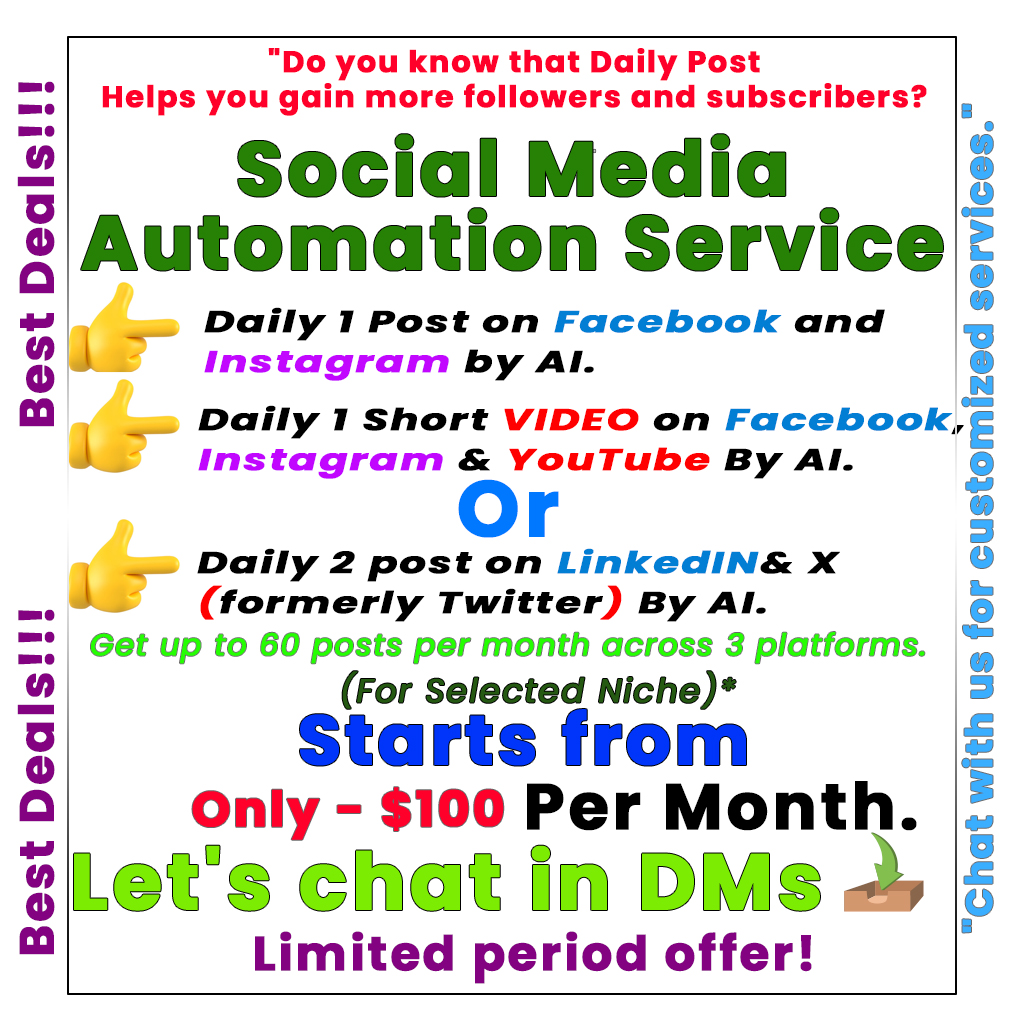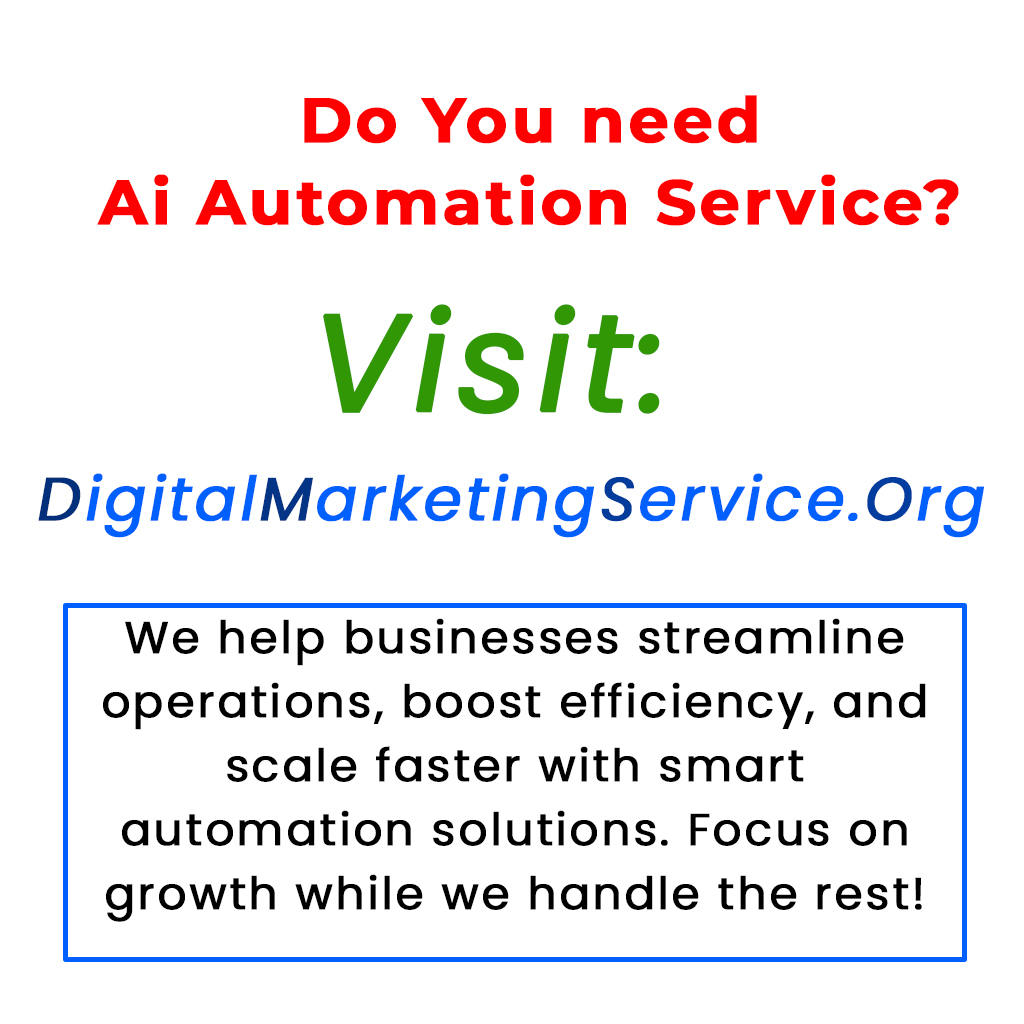Dr. Rebecca Hinds, head of Asana’s Work Innovation Lab, emphasizes that AI is transforming teamwork and reshaping workflows. Her lab focuses on bridging research and business, helping leaders embrace the future of work through AI technologies. With a background in AI and hybrid work, Hinds highlights the potential of AI agents—intelligent digital assistants that can take on complex tasks, thus freeing knowledge workers from repetitive busy work. As organizations adopt these innovations, employee engagement and collaboration are likely to increase. Hinds also points to the importance of balancing technology with human connections to ensure a positive digital employee experience, ultimately fostering a more productive and resilient workplace.
AI’s Role in Transforming Team Collaboration and Workplace Efficiency
According to Dr. Rebecca Hinds, head of Asana’s Work Innovation Lab, artificial intelligence (AI) is not just a helpful tool for individuals—it’s a major game-changer for team collaboration and transformation within organizations. She believes that AI agents will completely reshape how modern workflows are designed and executed.
Advanced Research on AI in the Workplace
Launched in 2022, Asana’s Work Innovation Lab acts as a link between academia and businesses, providing valuable insights to leaders facing future workplace challenges. By collaborating with global academic experts, Hinds and her team aim to equip organizations with effective strategies for the future of work. With a strong background in AI and modern work methods, Dr. Hinds has researched how emerging technologies can improve productivity, especially in areas like human resources.
The Rise of Agentic AI
Josh Bersin, a well-known HR technology analyst, describes agentic AI as the next level of artificial intelligence. Unlike earlier versions that merely answered questions, these advanced digital agents can autonomously handle tasks. Bersin believes that these agents will belong in organization charts, requiring onboarding and ongoing management.
AI Agents Combat Workplace Busywork
While fears exist that AI might take over jobs, many experts, including Dr. Hinds, suggest that AI agents are more likely to assist rather than replace human workers. A 2024 report by Asana indicates that a significant portion of knowledge workers’ time is consumed by repetitive administrative tasks that AI can automate. This automation not only boosts productivity but also reduces the stress associated with these tasks.
The Importance of Employee Engagement with AI
Dr. Hinds emphasizes the value of involving employees in designing how AI is used within their teams. Evidence shows that those who frequently interact with AI view it as more of a teammate. This can lead to greater innovation and engagement.
The Future of Work and Digital Experiences
As digital workplaces continue to evolve, the employee experience is becoming increasingly important. While AI can take over mundane tasks, it’s crucial for HR leaders to balance technology with human interaction. The goal is to ensure that technology enhances, rather than replaces, human creativity.
In conclusion, the integration of AI into the workplace presents exciting opportunities for increased collaboration and efficiency, ultimately shaping a more engaged and resilient workforce.
What is team collaboration?
Team collaboration is when members of a group work together to achieve a common goal. They share ideas, communicate openly, and support each other to get tasks done efficiently.
Why is transforming team workflows important?
Transforming team workflows helps improve how work gets done. It makes processes smoother, reduces confusion, and helps everyone understand their roles better, leading to higher productivity.
How can technology help with team collaboration?
Technology can enhance team collaboration by providing tools for communication, like chat apps and video calls. It also offers platforms for sharing files and tracking progress on projects, making it easier for teams to work together.
What are some best practices for effective team collaboration?
Some best practices include holding regular meetings to share updates, using clear communication tools, setting clear goals, and encouraging feedback among team members. It’s also helpful to celebrate team successes together.
How can teams measure their collaboration success?
Teams can measure collaboration success by looking at how well they meet goals, checking if communication is smooth, and seeing if members feel motivated and engaged. Surveys and feedback sessions can also provide insights into how teams are working together.






